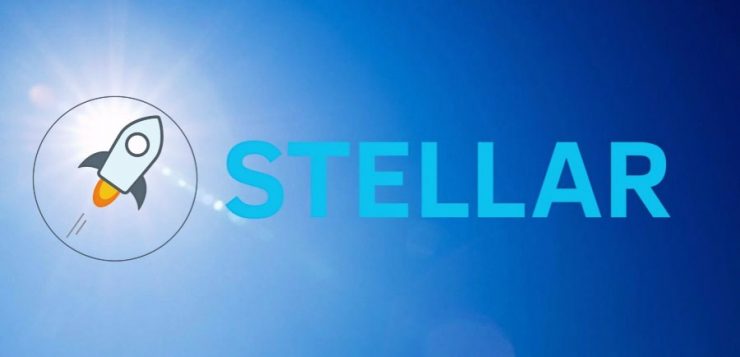Stellar Lumens May Be on the Rise But Ripple’s XRP is Doing Fine
Ripple (XRP)–Despite the fallout over Coinbase exploring rival currency Stellar Lumens, little has actually changed for the XRP currency and the work of Ripple to promote their payment/remittance protocol.
Last Friday, popular U.S.-based exchange Coinbase made waves across the market of cryptocurrency by announcing it would explore and potentially add five new currencies to its exchange. Listed in the collection was Stellar’s XLM, a cryptocurrency that not only mirrors XRP in functionality, but shares similar roots with the parent company Ripple.
In 2011, after selling off the infamous exchange Mt. Gox, Jed McCaleb turned his cryptocurrency efforts to devising a new currency. Dubbed ‘the ripple protocol,’ McCaleb sought to grow a transactionary cryptocurrency that completed blockchain consensus by members on the network, as opposed to relying upon the resource-draining efforts of Bitcoin’s miners. After securing funding and putting together a development team the parent company Ripple was formed, which led to the creation of the cryptocurrency XRP. However, McCaleb’s run with Ripple was short lived, and in 2013 he left his active role with the company in search of new ventures.
In 2014, using what he had learned through the development process of Ripple, McCaleb started the non-profit Stellar Development Foundation, which eventually led to the creation of the Stellar Consensus Protocol and XLM currency.
Is XRP Competing with Stellar?
Since that time, XRP and XLM have come to be seen by many investors, particularly those within the communities, as rival currencies. While both projects share a similar amount of overlap in their founding roots and development protocol, they also are poised to tackle similar real-world problems through their solution of digital payment. Both Ripple and Stellar are targeting the sector of cross-border payments and remittance, particularly in developing regions of the world, to give the massive, unbanked populations in these countries access to affordable and secure monetary distribution. Thus far, Stellar has secured the backing of IBM in several of its ventures, but XRP has managed to lay the most groundwork through the efforts of the parent company Ripple.
Now, with the advent of the Coinbase announcement, XRP investors have overwhelmingly seen the news as detrimental to their own currency, while Stellar continues to thrive. Since Friday, the XLM currency has jumped 55% in value, going from 0.18 USD to 0.28 USD as of writing (and at one point reaching 0.32 USD in a fever pitch). However, the price movement for Stellar, while still making up for the significant losses the market saw throughout 2018, is largely being built on a deck of cards. For one thing, there is no guarantee of a Coinbase listing. It seems likely that Coinbase will target XLM as both a popular and low-priced coin to offer their 13 million users, but they also have incentive to avoid burning their investment base. Which means, if the price of Stellar Lumens starts rising at an unrealistic pace, it puts pressure on Coinbase to not list the coin and avoid exposing their consumers to a bloated, over-inflated currency.
In addition, the price movement of Stellar is being built through the anticipation of higher gains through Coinbase, not actual adoption. Stellar has made some waves lately with the announcement of Tempo and an IBM-backed stablecoin, but is not giving a 55% increase in value to investors at this moment in development. The last time speculation ran rampant over a Coinbase listing, XRP plummeted from 3.80 USD to 0.45 USD. The same could happen to Stellar, and it does nothing to improve the state of XLM or the industry of cryptocurrency aside from showing the propensity for frenzied price chasing.
Ripple is Still Ripple
Yes, XRP is missing out on an opportunity for wider exposure to more investors by failing to partner with Coinbase. But, as Ethereum founder Vitalik Buterin expressed weeks ago when he deemed all centralized exchanges to burn in hell, cryptocurrency communities have become wildly fixated on adoption through exchange listing. Sure, to investors greater exposure = greater potential profits. But at one point the market will become saturated with coins, exchanges and the potential price impact, with nowhere to grow but through actual innovation. Putting all of the attention on price growth through wider exchange listing is almost the definition of a pyramid scheme: everyone buying XLM today is hoping some unfortunate Coinbase user will be willing to buy at a higher price when the time comes.
Read more at: Ethereum World News







